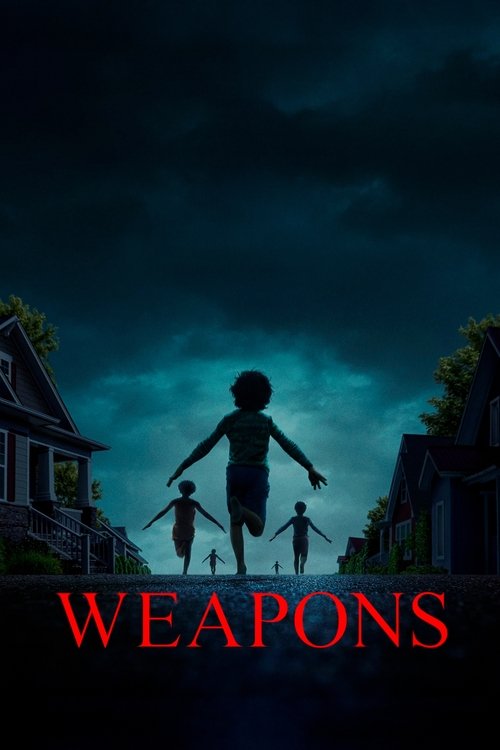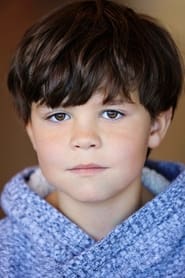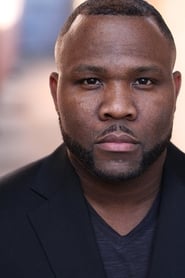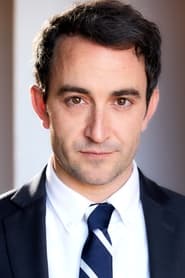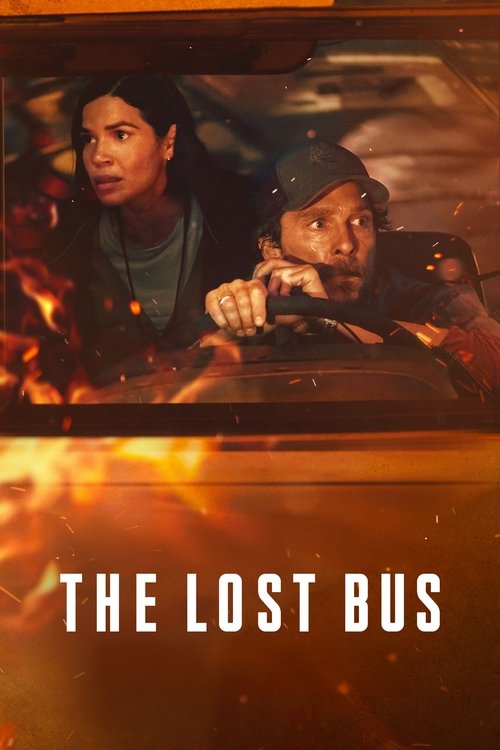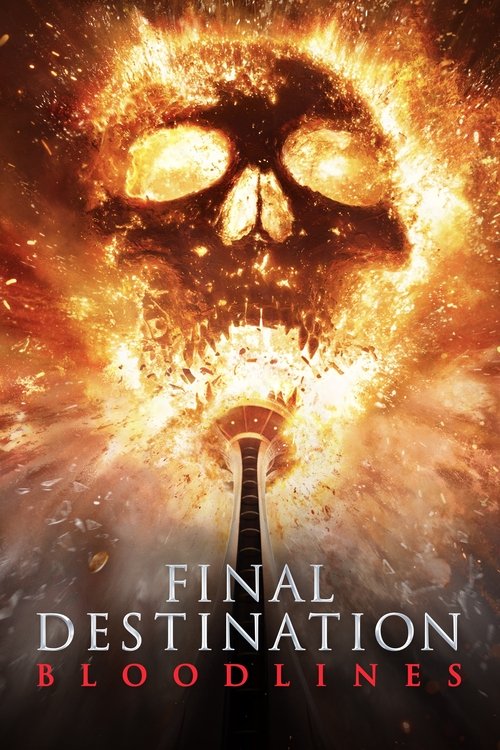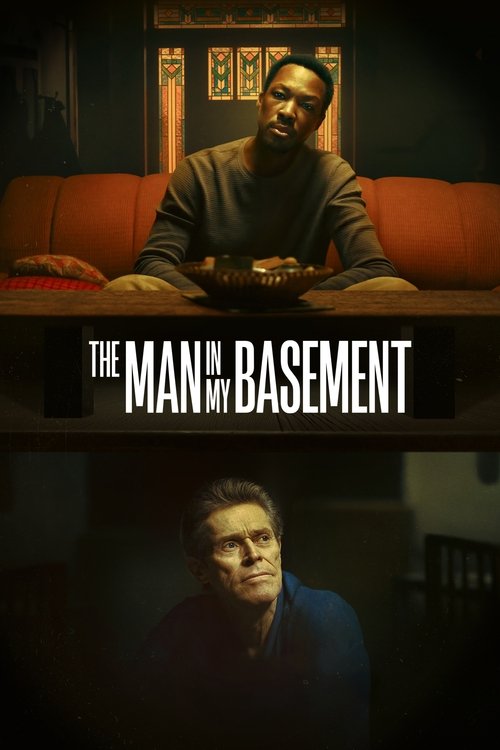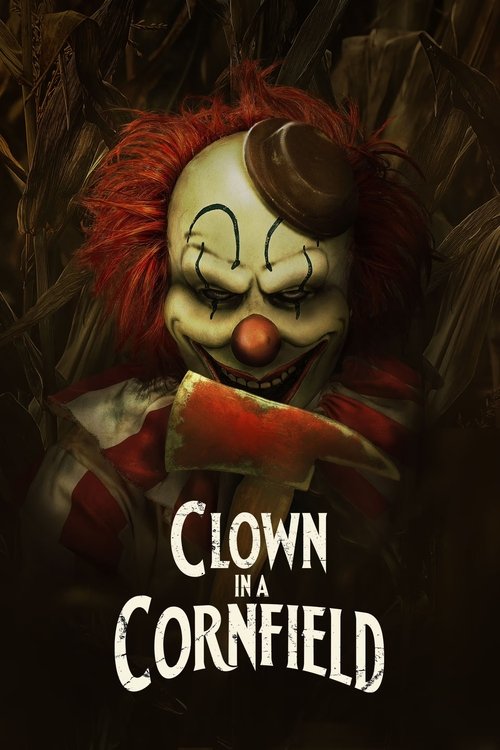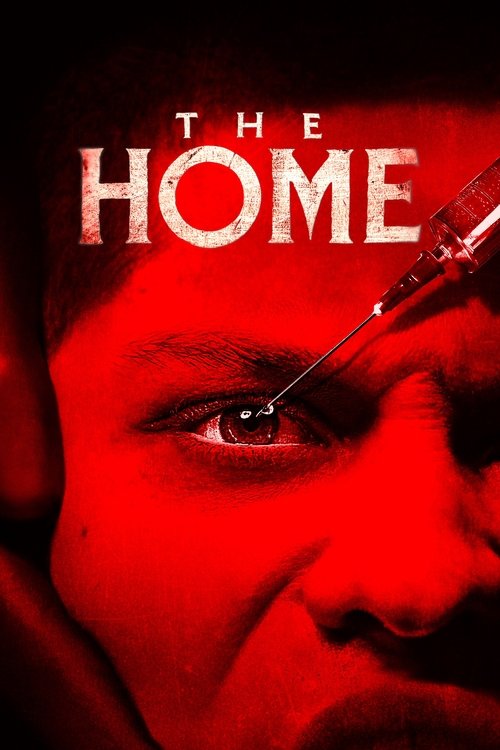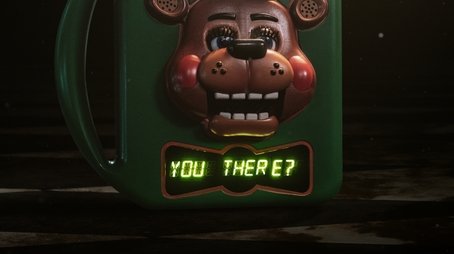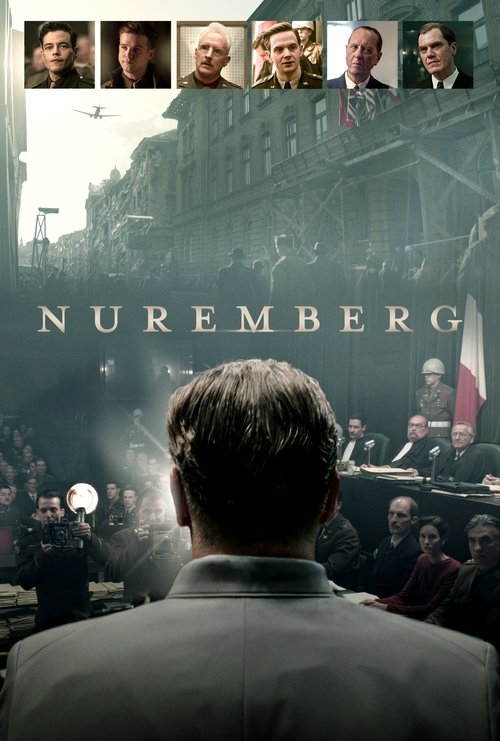
Ask Your Own Question
What is the plot?
The film Weapons (2025) opens with a haunting narration by a child, recounting a chilling event that occurred two years earlier in the small town of Maybrook, Pennsylvania. At precisely 2:17 a.m. on a Wednesday, seventeen children from third-grade teacher Justine Gandy's class mysteriously vanish, leaving only one student, Alex Lilly, behind. The children all run out of their homes in a trance-like state, arms outstretched, disappearing into the night without explanation. This inexplicable mass disappearance sets the stage for a dark and unsettling mystery that unfolds through a nonlinear narrative, weaving together the perspectives of several key characters whose lives become deeply entangled in the aftermath.
In the immediate wake of the disappearances, the community is gripped by fear and suspicion. Principal Marcus Miller places Justine on administrative leave, as many parents accuse her of somehow causing or knowing about the children's vanishing. Justine, devastated and ostracized, spirals into depression and alcoholism. She seeks solace in her former boyfriend, Officer Paul Morgan, a married cop struggling with his own demons. Despite the town's hostility, Justine remains determined to find the missing children and protect Alex, the sole survivor from her class.
Justine's concern for Alex grows when she follows him home and notices the windows of his house are covered with newspaper, and his parents sit silently and motionless on the couch, as if frozen in time. She urges Marcus to conduct a wellness check, but he dismisses her worries. One night, while staking out Alex's house, Justine falls asleep in her car. In a disturbing moment, Alex's mother, seemingly in a trance, emerges from the house, enters Justine's car, and cuts a lock of her hair, an act that later reveals sinister magical implications.
Meanwhile, Archer Graff, father of one of the missing children named Matthew, grows increasingly frustrated with the police's lack of progress. He obsessively reviews security footage showing Matthew and other children running in a straight line at the time of their disappearance. Archer's investigation leads him to suspect a specific location where the children might have been drawn. His dreams become haunted by visions of the missing children and a mysterious woman with clown-like makeup, a figure also seen in Justine's nightmares, suggesting a supernatural force at work.
Officer Paul Morgan's storyline intersects with the mystery when he arrests James, a homeless drug addict, for attempted burglary. During the arrest, Paul accidentally pricks himself with a syringe hidden in James's pocket. After knocking James out in frustration, Paul is forced to release him when he realizes the incident was recorded on his dashcam. Later, James breaks into Alex's house searching for valuables and discovers the missing children and Alex's parents in the basement, all in a catatonic state. James reports this to the police, hoping to claim a $50,000 reward, but Paul, fearing exposure, chases him away. James hides in the woods, where he encounters the eerie red-haired woman, who seems to exert a hypnotic influence over the town's events.
Marcus Miller, the principal, is visited at school by this enigmatic woman, who introduces herself as Gladys, Alex's aunt and caretaker after his parents fell ill. Gladys appears eccentric but harmless at first. However, her true nature soon reveals itself when she visits Marcus and his husband Terry at their home. Gladys performs a dark ritual involving a thorny stick, a stolen ribbon from Marcus, and locks of hair from both Terry and Justine. She enchants Marcus, compelling him to violently attack Terry, ultimately killing him by headbutting until his face caves in. Under Gladys's spell, Marcus becomes a dangerous puppet, later pursuing Justine with murderous intent. During a tense confrontation at a gas station, Marcus attacks Justine but is stopped by Archer, who tackles him into a beverage fridge. Marcus flees into the street and is fatally struck by a car, his head gruesomely splattered on the pavement.
As the investigation deepens, Justine and Archer put aside their differences and join forces. Archer shares his findings about the children's running paths converging on a particular location, which Justine recognizes as the Lilly house. They realize the children were drawn there by a malevolent force.
The narrative reveals that Gladys is a dying witch who wields dark magic to control others by using personal items such as hair and name tags. She has been secretly manipulating Alex's family and the missing children. Gladys enchanted Alex's parents, forcing them into catatonia and threatening harm to keep Alex silent. She ordered Alex to collect personal belongings from each of his classmates, which she used to cast a powerful spell that summoned the children to the Lilly house basement. There, she traps them to drain their life force, prolonging her own life.
In the film's climax, Justine and Archer enter the Lilly house, only to be ambushed by the spellbound Paul and James. In a desperate struggle, Justine seizes Paul's gun and fatally shoots both men. They descend into the basement, where Archer confronts Gladys. She attempts to enchant Archer to turn him against Justine, but Alex cleverly replicates her spell using a lock of hair from Gladys's wig, breaking her control. Freed from the enchantment, the children rise up and mercilessly tear Gladys apart, ending her dark reign.
The aftermath shows the children beginning to recover from their catatonic states, though many remain silent. Archer carries his son Matthew home, hopeful for his recovery. Alex moves away to live with a kinder aunt after his parents are institutionalized. The film closes on a note of cautious optimism, with the children reunited with their families and some starting to speak again, suggesting a slow return to normalcy after the supernatural ordeal.
Throughout Weapons, the story unfolds through interwoven perspectives, revealing a community shattered by tragedy, suspicion, and dark magic. The film's nonlinear structure gradually exposes the sinister truth behind the children's disappearance, culminating in a violent confrontation that frees the victims and destroys the malevolent witch who orchestrated the nightmare.
What is the ending?
At the end of Weapons (2025), the mystery of the seventeen missing children culminates in a tense and unsettling confrontation at Alex Lilly's house, where the missing children and their parents are found in a catatonic state. The police officer Paul Morgan drags the drug addict James into the house after a chase, and the film closes on this eerie and unresolved note, leaving the fates of the characters and the full explanation of the disappearances ambiguous.
Expanding on the ending scene by scene:
The film's climax unfolds when James, a local drug addict who had been assaulted by Officer Paul earlier, breaks into Alex Lilly's house, suspecting it is abandoned. Inside, he discovers Alex's parents and the missing children in the basement, all in a catatonic, unresponsive state. This discovery is the first concrete lead in the case of the vanished children, revealing a disturbing and supernatural element to the mystery.
James rushes to report this to the police, hoping for a reward, but Paul spots him and pursues him into the woods. During the chase, James encounters the mysterious woman who had appeared in the nightmares of Justine Gandy and Archer Graff, two central characters deeply affected by the disappearances.
Paul catches James and handcuffs him in the police car, then drives to Alex's house to investigate further. Hours later, Paul returns to the car and drags James into the house, implying a dark turn of events but leaving the exact outcome unclear.
Meanwhile, Justine Gandy, the teacher of the missing children's class, has been struggling with her own demons--alcoholism, community suspicion, and isolation. She had been placed on leave by Principal Marcus Miller, who later appears in a bloodied, brain-dead state charging at Justine and Archer when they return to Alex's house, adding to the surreal and nightmarish atmosphere of the finale.
Archer Graff, a father desperate to find his son Matthew, has been conducting his own investigation parallel to the police. His journey ends at the same house, where the eerie tableau of the catatonic children and parents is revealed. His fate is left ambiguous, but he remains a key figure in the unfolding horror.
Alex Lilly, the only child who did not disappear, remains a silent enigma throughout the film. His family's strange condition and the locked-down house suggest he is central to the mystery, but the film does not provide a clear resolution for him by the end.
The ending is deliberately ambiguous and unsettling, with the film closing on the image of the catatonic children and parents, the mysterious woman, and the ominous actions of Paul and James. The fates of Justine, Archer, and Alex are left uncertain, emphasizing the film's themes of trauma, suspicion, and the unknowable darkness lurking beneath suburban normality.
Who dies?
Yes, several characters die in the 2025 movie Weapons. Here are the key deaths and their circumstances:
-
Terry Marcus: He is the first major death shown. Terry is brutally killed by Marcus, his husband, who loses control after Gladys breaks a magical stick. Marcus smashes his own face into Terry's until Terry dies from the assault. This death is violent and disturbing, occurring partway through the film as the dark influence of Gladys becomes clearer.
-
Gladys Lilly's victims (the children and others): Gladys, a witch on her deathbed, uses a ritual to transform children and others into mindless "weapons" to kill her targets and harvest their blood to sustain her life. The children from Alex's class disappear because they are turned into these "heat-seeking missiles" -- losing their free will and individuality. They are kept catatonic in Alex's basement, drained of life to rejuvenate Gladys. Eventually, the children tear Gladys limb from limb, breaking the spell and ending her life.
-
Principal Andrew Marcus: He dies earlier in the film when his head is crushed, though the exact details are less emphasized compared to other deaths.
-
Justine Gandy's classmates and others: Several of Alex's classmates are victims of Gladys's ritual, disappearing and being held captive in a catatonic state. Their fate is tied to Gladys's survival, and they are effectively killed or used as life sources until the spell is broken.
The deaths are tied to Gladys's witchcraft, which involves stealing life force through murder and magical rituals. The timeline centers around the night the children disappear at 2:17 a.m., with deaths and transformations unfolding as Gladys's power grows and then is ultimately destroyed by the children themselves.
Is there a post-credit scene?
Yes -- there is no post-credits scene in Weapons (2025); the film ends without an extra scene after the credits.
The credits are accompanied by unusual visuals that play during the closing credits, but these do not present an additional narrative scene or tease future events.
Why did seventeen children from the same class mysteriously run away together at 2:17 a.m.?
The seventeen children from Justine Gandy's class suddenly fled their homes and disappeared under mysterious circumstances, apparently abducted by an unseen force. The film explores this unexplained event as a central mystery, with the children found later in a catatonic state in a basement, suggesting a supernatural or sinister cause behind their disappearance.
What is the significance of Alex Lilly being the only child who did not run away?
Alex Lilly is the only student from Justine's class who did not disappear that night and was the only one to show up to class the next morning. His unique status raises questions about why he was spared and what role he plays in the unfolding events. The film shows Alex's parents in a hazy state and his house covered in newspaper, hinting at something unusual about his family and his connection to the mystery.
What role does Justine Gandy play in the investigation and how is she treated by the community?
Justine Gandy, the teacher of the missing children, becomes a suspect in the community's eyes and is placed on leave by the principal. She struggles with depression and alcoholism while trying to uncover the truth. The town weaponizes its hatred toward her, suspecting her involvement or knowledge about the disappearances, which adds to her personal trauma and isolation.
Who is Archer Graff and what is his involvement in the story?
Archer Graff is the father of one of the missing children, Matthew. Frustrated by the police's ineffective investigation, Archer conducts his own search for his son. His storyline intersects with Justine's, and he experiences dreams about the missing children and an uncanny woman, which ties into the film's supernatural elements.
What happens during the confrontation involving Paul, James, and the mysterious woman?
Paul Morgan, a police officer and Justine's ex-boyfriend, and James, a local drug addict, become entangled in a violent confrontation influenced by a mysterious woman named Glattis. Paul and James are under Glattis's influence and attack anyone who threatens her. Justine and Archer are forced to kill Paul and James to survive. The film depicts a salt line set by Glattis that triggers attacks when crossed, adding a supernatural layer to the conflict.
Is this family friendly?
The movie Weapons (2025) is not family friendly and is rated R due to strong bloody violence, grisly images, pervasive profanity, some sexual content, and drug use, making it inappropriate for children or sensitive viewers.
Potentially objectionable or upsetting aspects include:
- Frequent and explicit bloody violence, including intense confrontations, physical assaults, and graphic injury depictions.
- Disturbing imagery related to the disappearance of children, which is a central and emotionally heavy theme.
- Strong language, with multiple uses of harsh profanity throughout the film.
- Brief sexual content and implied nudity in tense or distressing contexts.
- Drug use depicted among secondary characters, often linked to despair and chaos.
- A grim, oppressive tone with psychological themes of grief, guilt, paranoia, and societal collapse.
The film's horror and mystery elements create a chilling atmosphere with unsettling scenes, especially in the final chapter, which may cause discomfort or distress. Overall, Weapons is intended for mature audiences and is unsuitable for children or those sensitive to graphic violence and mature themes.

